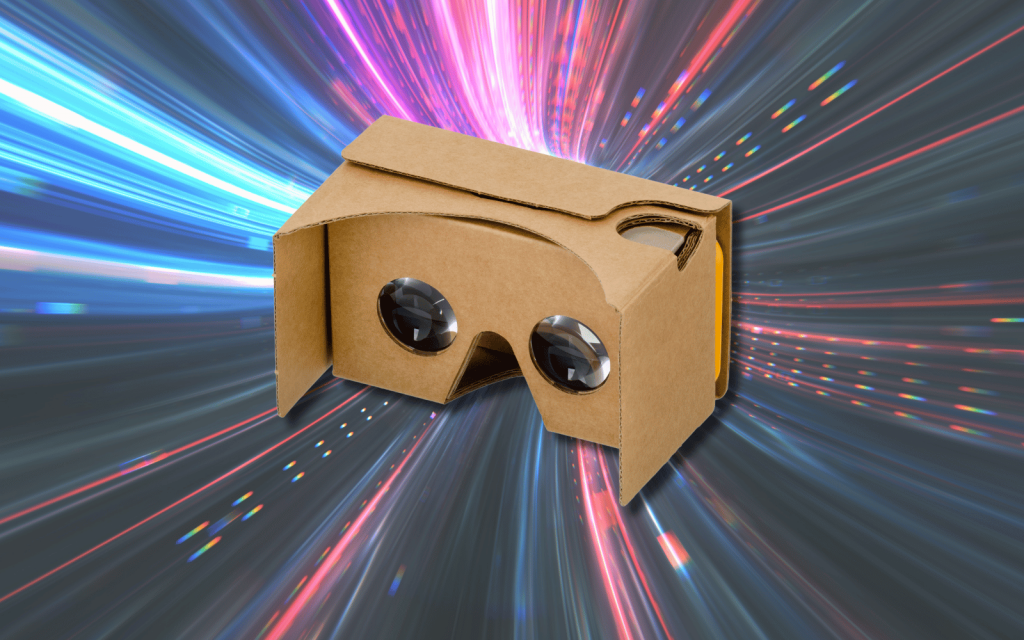Cost-of-living crisis or not, are you really going to talk about cardboard tech?
Not all of Google Cardboard was cardboard. The original kit included lenses, magnets, Velcro and a rubber band! And on its debut at the 2014 Google I/O conference, this DIY slot-in-your-own-smartphone headset grabbed all the headlines. This was Google making a play for the future, saying VR didn’t need specialised hardware beyond your phone: it could be accessible to everyone, encouraging developers to build a new generation of immersive digital experiences.
Like a VR stationery store so you could buy more tape when your headset fell apart?
Ah, stop being so cynical. Many Google Cardboard apps transported you into outer space or plunged you into the ocean depths. We recall quite a few rollercoasters and a trippy VR Bohemian Rhapsody app. Oh, and someone even used Cardboard to let you experience Nintendo’s disastrous Virtual Boy, although that might have been an indication of things to come – because while Cardboard was fun, Google killed it and its follow-up Google Daydream anyway, citing a lack of consumer adoption.
So what you’re saying is, Google couldn’t convince enough people to join the fold?
Yet Google got 15 million units on people’s faces – and many more were issued by third parties. Cardboard let kids go on virtual field trips in the Expedition app and gave everyone else a dirt-cheap VR entry point. Detractors
argued it deserved to die since it couldn’t match an Oculus but, well, that wasn’t made out of card, was it? Others say it failed to move beyond ‘novelty’ to more compelling use cases… but outside of gaming, that’s something expensive headsets still struggle with – and at least Google’s was recyclable.




